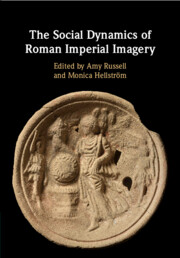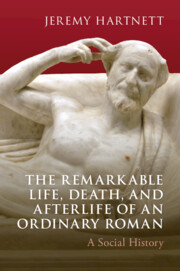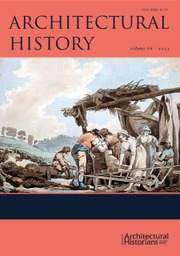The Social Dynamics of Roman Imperial Imagery
Images relating to imperial power were produced all over the Roman Empire at every social level, and even images created at the centre were constantly remade as they were reproduced, reappropriated, and reinterpreted across the empire. This book employs the language of social dynamics, drawn from economics, sociology, and psychology, to investigate how imperial imagery was embedded in local contexts. Patrons and artists often made use of the universal visual language of empire to navigate their own local hierarchies and relationships, rather than as part of direct communication with the central authorities, and these local interactions were vital in reinforcing this language. The chapters range from large-scale monuments adorned with sculpture and epigraphy to quotidian oil lamps and lead tokens and cover the entire empire from Hispania to Egypt, and from Augustus to the third century CE.
- Explores the contributions of all levels of society to imperial imagery and image-making around the Mediterranean
- Moves beyond top-down and bottom-up communication to consider peer-to-peer interactions
- Introduces theories of social dynamics with wide potential application to the study of ancient history
Reviews & endorsements
'… an original and well-structured volume.' Giovanni Alberto Cecconi, Bryn Mawr Classical
Product details
March 2022Paperback
9781108799720
308 pages
244 × 168 × 15 mm
0.54kg
Not yet published - available from February 2025
Table of Contents
- 1. Introduction: Imperial imagery and the Role of Social Dynamics Monica Hellström and Amy Russell
- 2. The Altars of the Lares Augusti: A View from the Streets of Augustan Iconography Amy Russell
- 3. Modelling the Emperor: Representations of Power, Empire, and Dynasty among Eastern Client Kings Julia Wilker
- 4. Pvblica Nvmina: Conspicuously Consuming the Imperial Image at Tomis Nandini B. Pandey
- 5. Roman Emperors, Conquest, and Violence: Images from the Eastern Provinces Caillan Davenport
- 6. Court Politics and Imperial Imagery in the Roman Principate Benjamin Kelly
- 7. Local Aspirations and Statues of Emperors in Roman North Africa Monica Hellström
- 8. The Altar of P. Perelius Hedulus in Carthage and the Social Aspects of Provincial Image-Making Megan Goldman-Petri
- 9. Imagines et tituli: Epigraphic Evidence of Imperial Imagery in Meeting-Places of Roman Professional corpora Nicolas Tran
- 10. The Imperial Image in Media of Mechanical Reproduction: The Tokens of Rome Clare Rowan
- 11. When was an Imperial Image? Some Reflections on Roman Art and Imagery Olivier Hekster.




